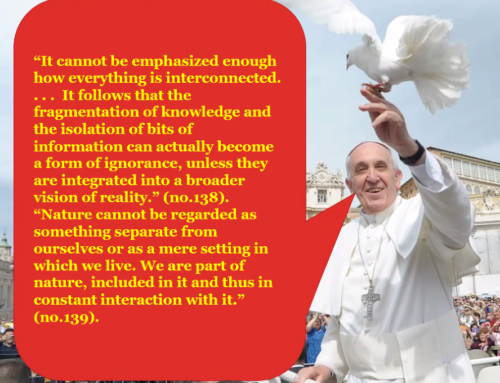Abstract
The recent panpsychist turn in philosophy opens the possibility that self-organizing systems at all levels of complexity, including stars and galaxies, might have experience, awareness, or consciousness. The organismic or holistic philosophy of nature points in the same direction. Meanwhile, field theories of consciousness propose that some electromagnetic fields actually are conscious, and that these fields are by their very nature integrative. When applied to the sun, such field theories suggest a possible physical basis for the solar mind, both within the body of the sun itself and also throughout the solar system. If the sun is conscious, it may be concerned with the regulation of its own body and the entire solar system through its electromagnetic activity, including solar flares and coronal mass ejections. It may also communicate with other star systems within the galaxy.
Introduction
Is the sun conscious?
Obviously not, from the point of view of mechanistic materialism or physicalism. The universe is a mechanical system. Nature is nonconscious. Conscious minds are epiphenomena produced by physical activity in brains; or they are identical with the physical activities of brains, just as water and H2O are identical, but go under different names; or they are illusions produced by brains; or they are nothing more than a folk belief, as yet unenlightened by objective neuroscience (Churchland, 1986). Therefore anyone who supposes that the sun is conscious is making a childish error, projecting anthropomorphic illusions onto inanimate nature. The fact that children often draw the sun with a smiley face shows that this idea is literally childish. The very question is ridiculous.
In almost all other societies and civilizations, including medieval Europe, the sun and other heavenly bodies were thought to be alive and intelligent. Our ancestors lived in an animistic world. The earth, sun, planets, and stars were living beings. As Plato put it, ‘This world… came to be in very truth a living creature with soul and reason… a single visible living creature, containing within itself all living things whose nature is of the same order’ (Plato, translated by Cornford, 1959). For Plato, and for many philosophers after him, the sun, planets, and stars were ‘visible gods’, endowed with souls and intelligences (Runia, 2008). We still call the planets by the names of ancient gods and goddesses like Mars and Venus, and refer to our planetary home as Mother Earth, or Gaia.
In some cultures the sun was a god: for example, Sol in Ancient Rome and Surya in India. In others the sun was a goddess: Amaterasu in Japan, and Sunna among early Germanic tribes. Accordingly, in contemporary Latin-based languages, the sun is masculine, as in French, le soleil, and in Germanic languages feminine, as in German, die Sonne.
One of the fundamental chants in the Hindu tradition, the Gayatri mantra, is an invocation for the divine light of the sun to illuminate our meditation. In S. Radhakrishnan’s translation, ‘We meditate on the adorable glory of the radiant sun; may he inspire our intelligence’ (Radhakrishnan, 1994, p. 229).
This discussion might seem to be purely historical or anthropological if we assume that mechanistic science has triumphed over the archaic worldviews of mythologies and religions. Ever since the seventeenth century, the standard scientific assumption has been that the sun is a non-conscious, inanimate object, like everything else. To see it as conscious is at best poetic.

